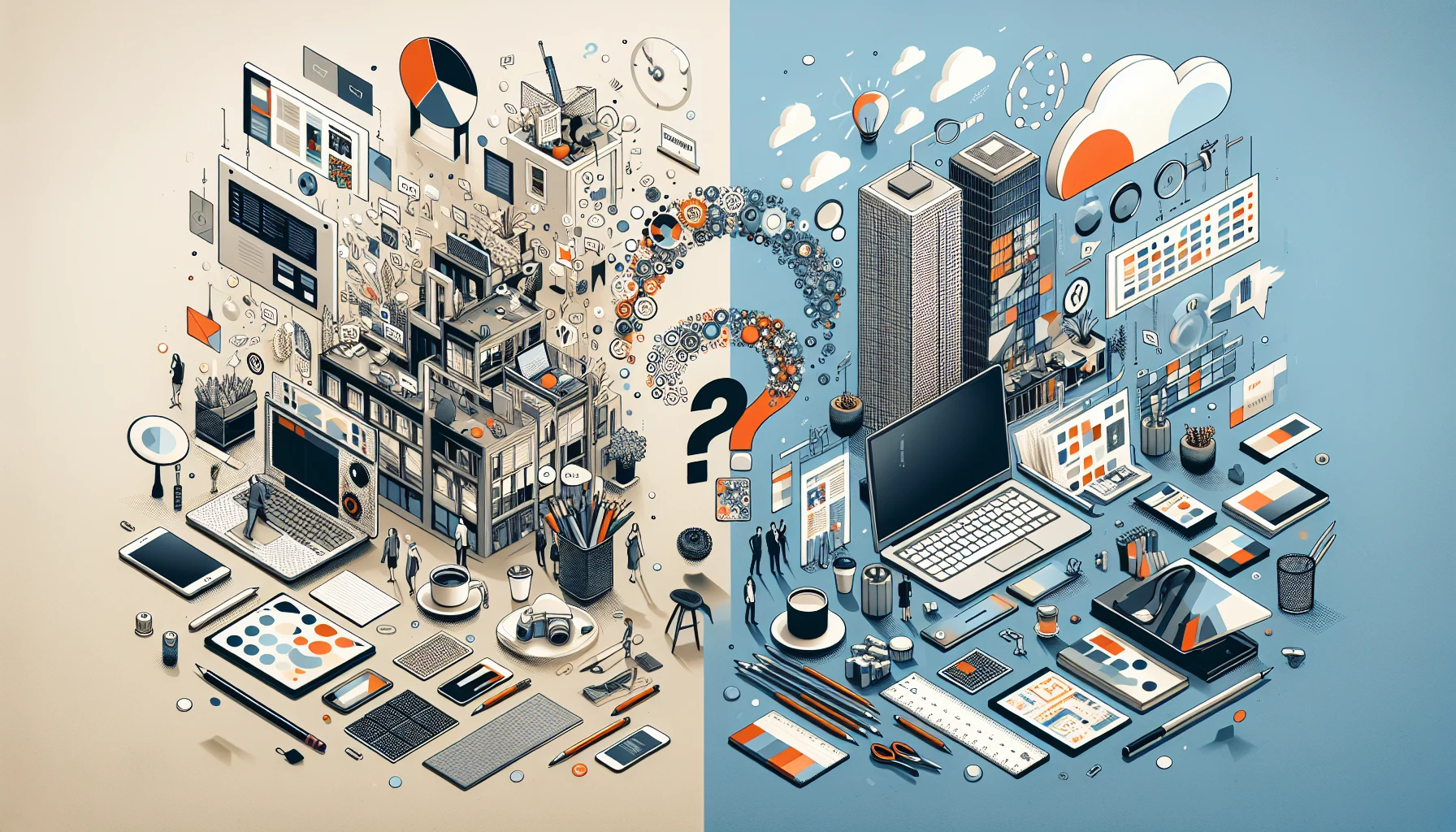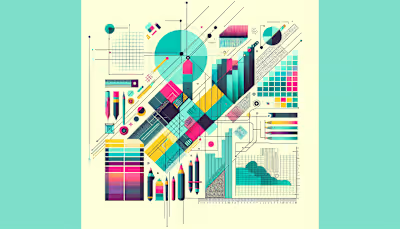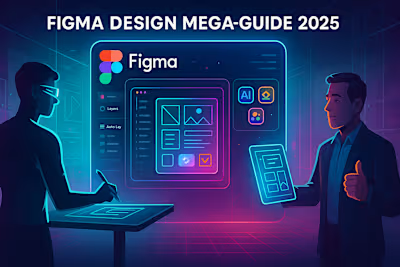Freelance vs. In-House: Which Graphic Designer Option Fits Your Business?

Freelance vs. In-House: Which Graphic Designer Option Fits Your Business?
What Is the Core Difference Between Freelance and In-House Graphic Designers?
Key Factors to Shape Your Decision
1. Project Scope
2. Budget Requirements
3. Team Availability
4. Deadline Flexibility
5. Brand Consistency
Reasons Freelancers Offer Advantages
1. Flexible Schedules
2. Specialized Skill Sets
3. Lower Overhead
Reasons In-House Teams Bring Value
1. Consistent Branding
2. Immediate Collaboration
How a Hybrid Model Can Work
1. Balancing Workloads
2. Saving Costs
3. Ensuring Flexibility
FAQs about Finding the Right Graphic Designer
Is a freelance designer always cheaper than in-house?
Why does brand familiarity matter for in-house teams?
Can a hybrid approach work for small businesses?
Where Do You Go from Here?
Freelance vs. In-House: Which Graphic Designer Option Fits Your Business?
What Is the Core Difference Between Freelance and In-House Graphic Designers?
Key Factors to Shape Your Decision
1. Project Scope
“You don’t hire a full-time muralist to paint one wall.”
2. Budget Requirements
3. Team Availability
“In-house designers attend the meeting. Freelancers read the recap.”
4. Deadline Flexibility
5. Brand Consistency
Reasons Freelancers Offer Advantages
1. Flexible Schedules
“Freelancers don’t clock out. They reschedule.”
2. Specialized Skill Sets
3. Lower Overhead
Reasons In-House Teams Bring Value
1. Consistent Branding
“Brand consistency isn’t just about fonts—it’s about knowing what not to try.”
2. Immediate Collaboration
“The fastest way to change a design is to swivel your chair.”
How a Hybrid Model Can Work
1. Balancing Workloads
2. Saving Costs
3. Ensuring Flexibility
FAQs about Finding the Right Graphic Designer
Is a freelance designer always cheaper than in-house?
“A $1,500 freelance logo is cheaper than a $75K salary—unless you change it 12 times.”
Why does brand familiarity matter for in-house teams?
“In-house knows the difference between the brand color and the CEO’s favorite color 🎨”
Can a hybrid approach work for small businesses?
“Having one designer and one freelancer isn’t a compromise—it’s resource management.”
Where Do You Go from Here?
“If your feedback lives in Slack threads at 11pm, a freelancer might not see it until morning.”
Posted Apr 9, 2025
Freelance vs. In-House graphic designers—compare cost, flexibility, and brand fit to find the right choice for your business needs.









